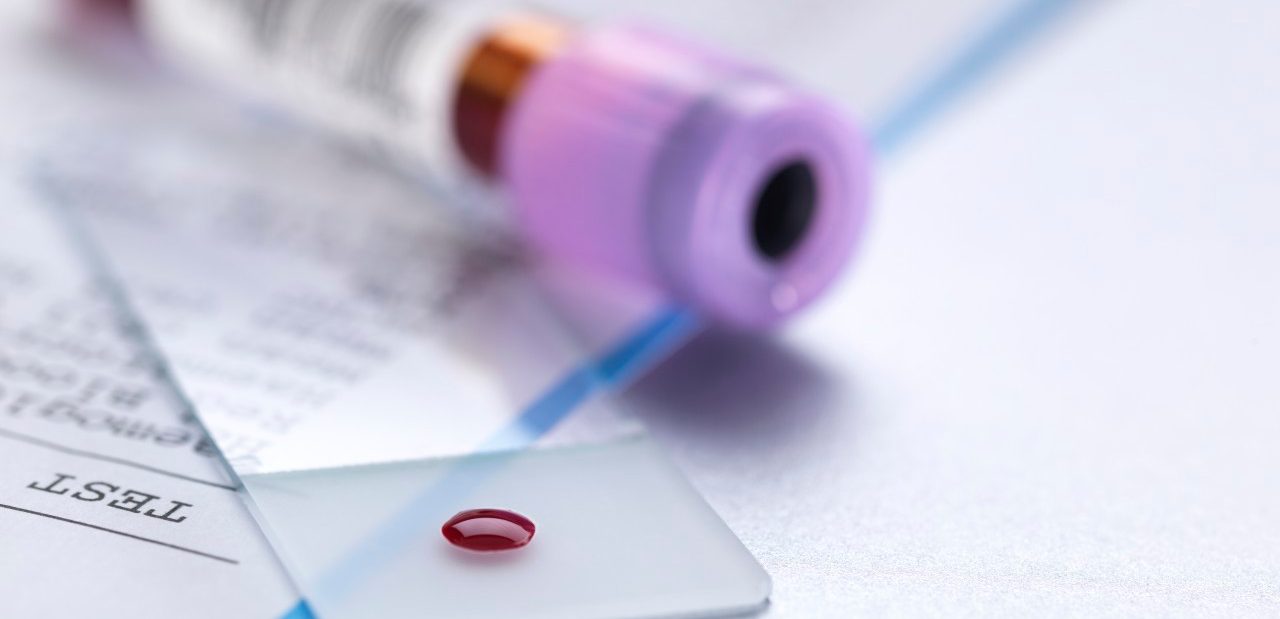Big Advances Against Human Immunodeficiency Virus (HIV)

A vaccine and cure may one day be real.
There is still no cure for human immunodeficiency virus (HIV) or a vaccine — though research is moving fast.
HIV is a retrovirus — which means that unlike other types of viruses, it can insert itself into the DNA of a host cell and become part of the cell forever. It remains dormant in the body, hiding from the current treatments. Although infected people can now flourish as long as they take medication daily, they’re not cured: if they stop, HIV will rebound in the bloodstream, typically within about 18 days.
New cases still crop in the United States, where treatment costs thousands a year for each person. Around the world, about 37 million people are living with HIV; fewer than half are receiving antiretroviral therapy. In southern Africa especially, HIV remains pandemic.
Scientists have continued to look for a vaccine and a cure that could free people from the current medications. Their work will advance infectious medicine generally, in part because other retroviruses will emerge, and we’ll need to treat those, too.
One approach, called “shock and kill,” aims at bringing the virus out of hiding, and then boosting the body’s immune system response. According to reports from amfAR, the Foundation for AIDS Research, a compound called galectin-9 may force latent HIV-infected cells to reveal themselves. Once the virus is rooted out, scientists say, they may be able to kick up the immune system’s attack, possibly with a substance called retinoic acid, a common ingredient in creams for wrinkles, anti-aging, and brown spots.
To test any treatment, we need to evaluate whether someone is cured. That means finding infected cells lurking among millions that are clean — a task some scientists have attempted with imaging techniques.
A tiny group of people who are infected with HIV can survive and even thrive without antiretroviral drugs. Can their secret be used to help others? That’s one promising approach.
When researchers injected super antibodies from this group into the blood of patients who had been on the drugs, and then took them off the medication, the injection prevented HIV from rebounding for nearly 10 weeks, on average — compared to 2.5 weeks in those who didn’t get an injection.
These broadly neutralizing antibodies in theory could work against any strain of the virus, making them ideal for a vaccine. HIV mutates rapidly, so more focused vaccines could quickly lose their power. Two parallel antibody-mediated prevention clinical trials will eventually involve more than 4,000 participants in the United States, South America, and southern Africa.
The first glimpse of a vaccine came in 2009. A landmark study from Thailand reported that participants who received a two-part vaccine had a 31 percent lower risk of becoming infected with HIV three and a half years later, compared to people who got a placebo. A follow-up trial with 5,400 HIV-uninfected men and women in South Africa will begin in November.
For the African trial, the Thai vaccine has been modified to be specific to HIV subtype C, the most common in that region.
Short of a vaccine, a medication called Truvada, approved in 2012, cuts the chances of infection with HIV dramatically, but the protection depends upon taking the pill every day.
Other good news is that effective antiretroviral treatment seems to keep people from infecting their sexual partners. In a large study of both gay and heterosexual couples, researchers found no cases over about two years in which someone on the medication who had achieved an undetectable viral load infected a partner with HIV.
Conquering HIV requires a safe, effective, and inexpensive vaccine that works against any strain, and is widely available and used. In the meantime, we can expect the results of the South Africa trial in late 2020 — nearly 40 years after the first known cases of AIDs.
Updated:
April 01, 2020
Reviewed By:
Christopher Nystuen, MD, MBA